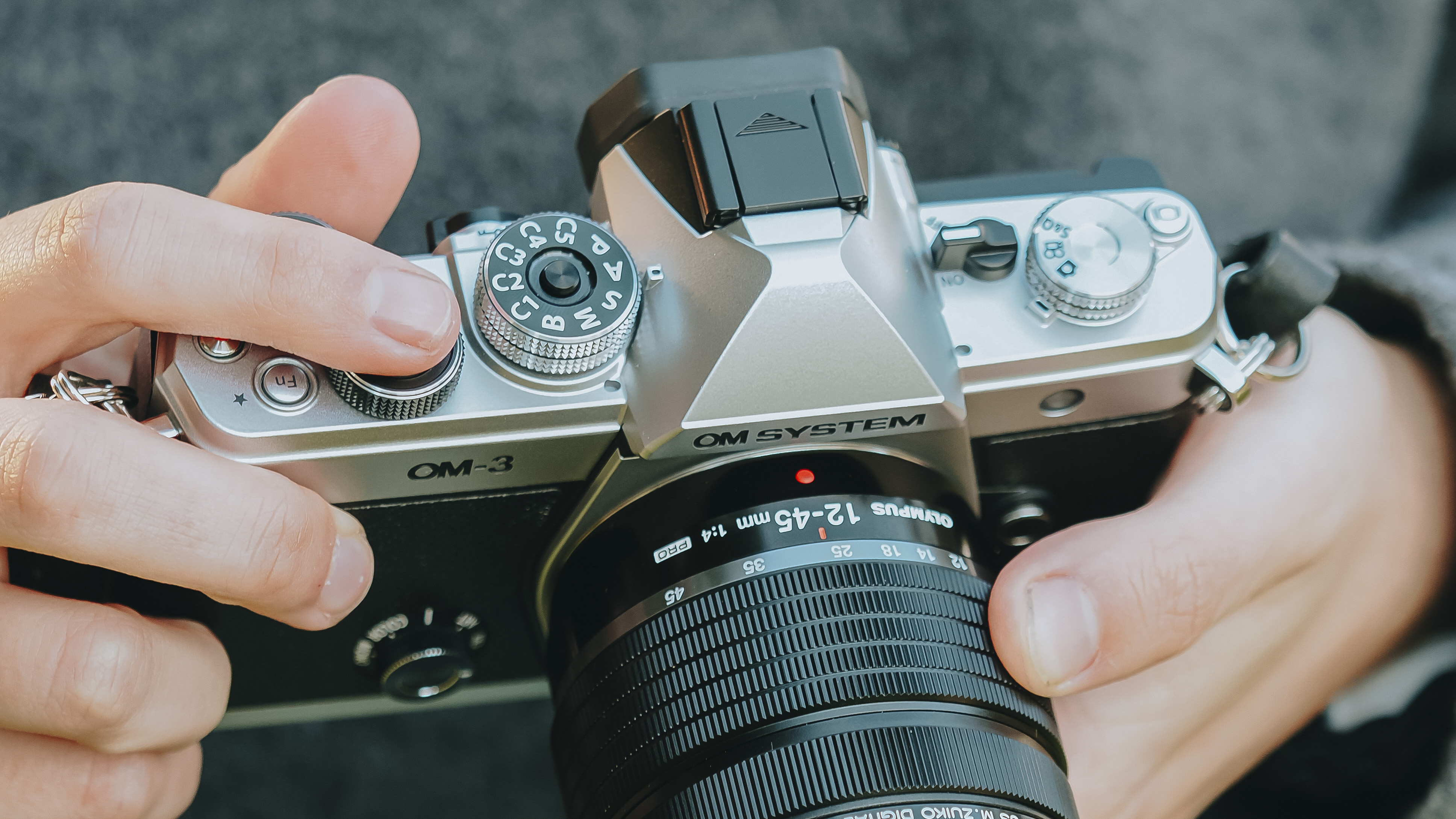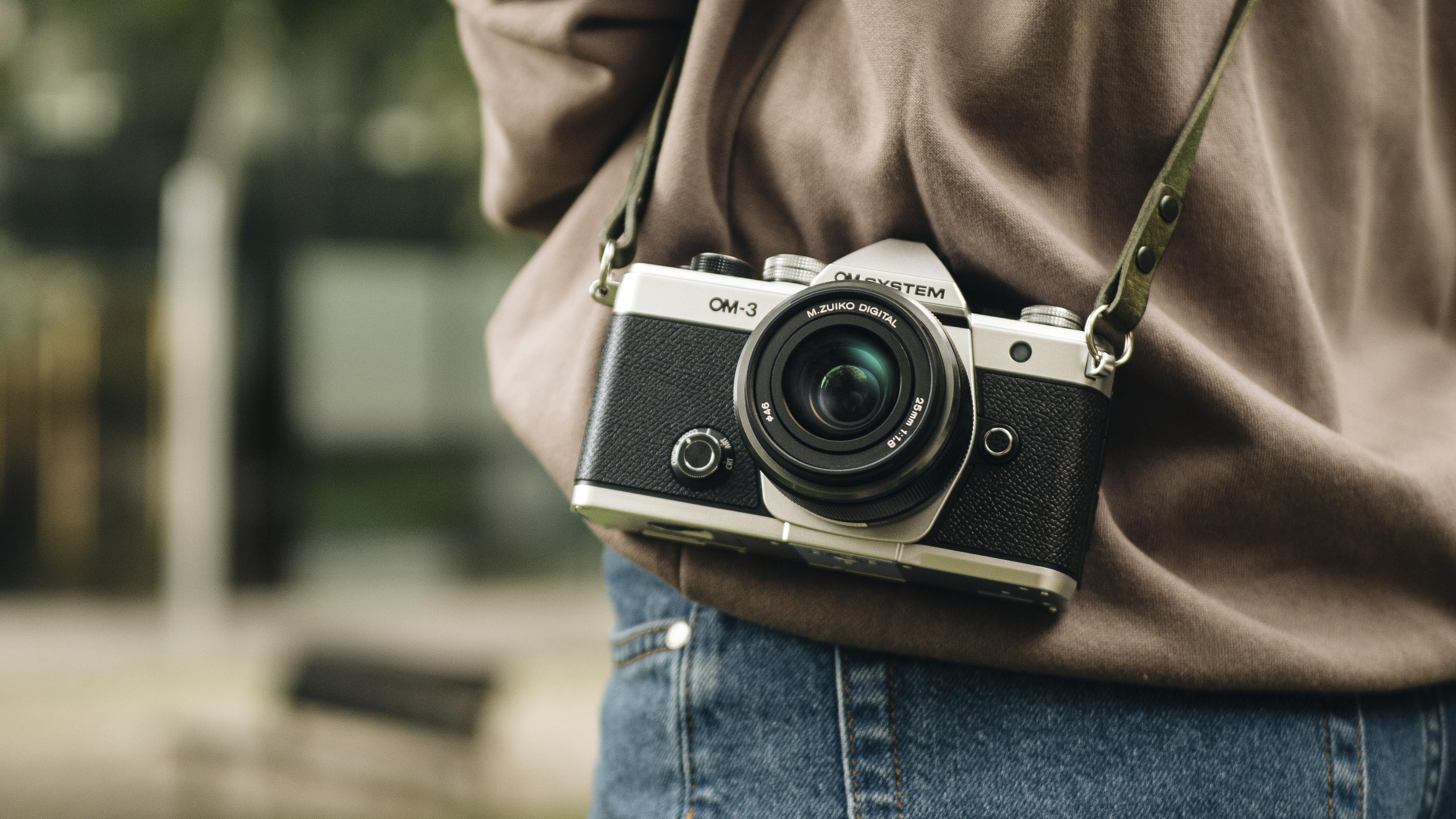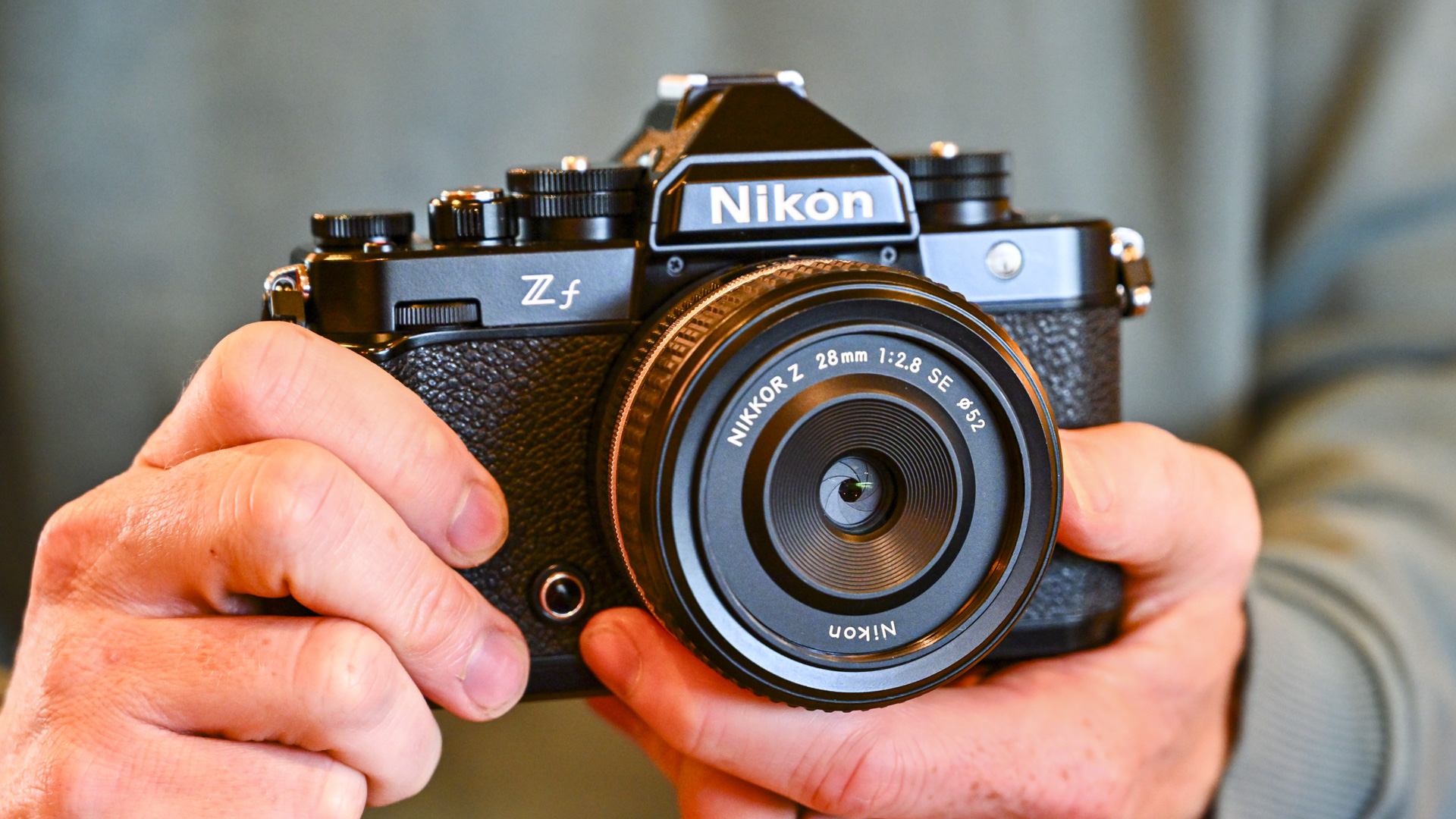I can't believe I'm saying this – OM System's new OM-3 is my dream retro camera, but I won't be buying it
Gorgeous looks, killer specs, so what's the problem?

When I heard rumors down the grapevine of OM System releasing a new retro camera I was naturally excited. Many questions came to mind; will it be a successor to the cult-classic PEN-F? Will it be the upgrade that finally lays my decade-old Olympus EM-5 Mark II to rest?
Lo and behold, the new OM System OM-3 has just been unveiled and, on paper, it looks like it's everything I could have wished for as a fan of this brand's mirrorless cameras. I'm obviously a sucker for a retro look, but the OM-3 is also absolutely packed with the latest computational features and significantly better autofocus than my old body.
There is, however, one tiny problem - this gorgeous new camera comes in at such a pretty penny that I'm struggling to commit. Even as a die-hard with a soft spot for the perennial underdog OM System, I have to admit that this particular body is a hard sell for most people - including me.
A perfect match

There's an undeniable weight and feel to the metal bodies that just massively adds to that tactile experience of shooting.
On the surface, the OM System OM-3 is tailor-made for my uses. It is in all intents and purposes a modern take on the Olympus EM-5 Mark II - one of my favorite cameras ever. I know some will decry the brand's decision to forsake the rangefinder style of the PEN-F for the SLR stylings of the original Olympus cameras but I think OM has hit the nail on the head here by leaning on its heritage.
Finally, the brand is producing small lightweight cameras with an all-metal casing again. I've tried to love the recent plastic-bodied EM-5 Mark III and the OM-5 and I just can't. Call me shallow, but the plastic design - no matter how rugged - just doesn't do it for me. There's an undeniable weight and feel to the metal bodies that just massively adds to that tactile experience of shooting; which, to me, is the main reason for using a camera over a smartphone.
All of the above is why I'm a huge fan of the older EM-5 Mark II. It's a tiny camera with undeniable charisma - charisma that's so strong that I'm often willing to overlook its long list of shortcomings. If I could design a perfect everyday camera, it would be the EM-5 with modern autofocus and a better sensor. You know, something a lot like the OM System OM-3.
It's all about economics
So, why am I not rushing to buy the OM-3? It's simple - this camera just costs way too much. A starting price of $1999 / £1,699 is a hard sell; as much as it pains me to admit that as a massive advocate of Micro Four Thirds.
Don't get me wrong, there's plenty of cutting-edge tech under the hood here that somewhat justifies the asking price. The OM System OM-1 II is a computational marvel with its graduated live ND filter and AI-subject detection; and the OM-3 is bringing this tech to a lower price point alongside a gorgeous retro body. On paper, I can definitely see why OM System decided to price the OM-3 accordingly.

Where that argument falls down, however, is when you compare the OM-3 to offerings from other brands. The Fujifilm X100VI (when you can actually buy one) costs $1,599 while the X-T5 costs $1,699. Both of these feature a 40MP APS-C sensor, decent autofocus, and the much-hyped Fujifilm X-Processor 5 engine. Even the Nikon Zf, massive lenses and all, comes in at $1,999 for a viable full-frame alternative.
Personally, I don't care that it's 20MP or Micro Four Thirds - that's enough for my needs. But at $2,000? That is a very big ask in such a competitive field.
Did it have to have a stacked sensor?
OM System seems dead-set on going for the higher-end premium crowd when Micro Four Thirds' real strength lies in its incredible value.
I know what you're going to say - "but it has a stacked sensor!". Yes, it's true, the OM-3 is now technically the cheapest new camera on the market to feature a super-speedy stacked sensor. That's what's enabling the incredible 50fps Continuous-AF burst mode.
The issue, of course, is that stacked sensors are really pricey. The OM-3 is a camera tailor-made for travel, street, and everyday use - applications that I'd argue don't tend to benefit much from hyper-fast readout speeds. Given the intended market, did the OM-3 even need that stacked sensor?
When you consider that the OM-5 comes in at half the price, I'm left wondering how much the OM-3 would be if it opted for the cheaper 20MP sensor. The stacked sensor here is obviously a 'nice to have' - but at $2,000? Again, that's a lot for a camera that's going to sit in my bag every day.
OM System, you can do it
I hate to criticize the OM-3, because let's admit it, OM System is a company with an incredible heritage that's offering something unique in the camera world. I strongly believe that the brand has something to offer; which is why I feel compelled to write this post in the first place.
The OM-3 is obviously a camera with a ton of promise, too. It's a direct answer to the myriad calls over the past few years for a PEN-F successor. Based on how much that camera still fetches on the used market, there's a strong indicator that there's a decent market for the OM-3. Perhaps, like the PEN-F, this one is destined to become another cult classic.
If I recall correctly, however, the PEN-F was also steeply priced at launch. OM System seems dead-set on going for the higher-end premium crowd when Micro Four Thirds' real strength lies in its incredible value proposition. Either way, I'll absolutely be waiting for a strong discount before I consider picking up my dream everyday camera.
You may also like...
Get daily insight, inspiration and deals in your inbox
Sign up for breaking news, reviews, opinion, top tech deals, and more.

Alex is TechRadar's deals editor, specializing in getting our readers the best bang for the buck on the tech that we know and love. He's a dab hand at covering retailer events like Black Friday and Amazon Prime Day having over seven years of e-commerce experience at Future PLC; including bylines at our sister sites T3 and GamesRadar. Alex's expertise touches on most areas of TechRadar but he has a particular love for phones, laptops, and cameras, being an avid photographer. Outside of work, you'll find him indulging his love for street and travel photography, at home working on music, or down at the local climbing gym.
You must confirm your public display name before commenting
Please logout and then login again, you will then be prompted to enter your display name.